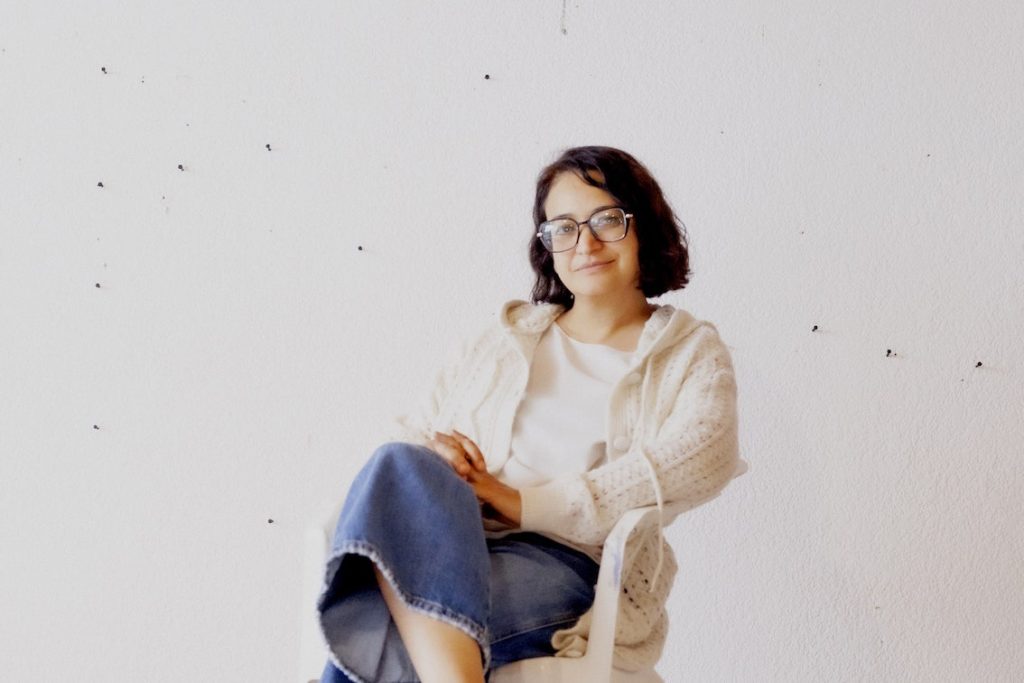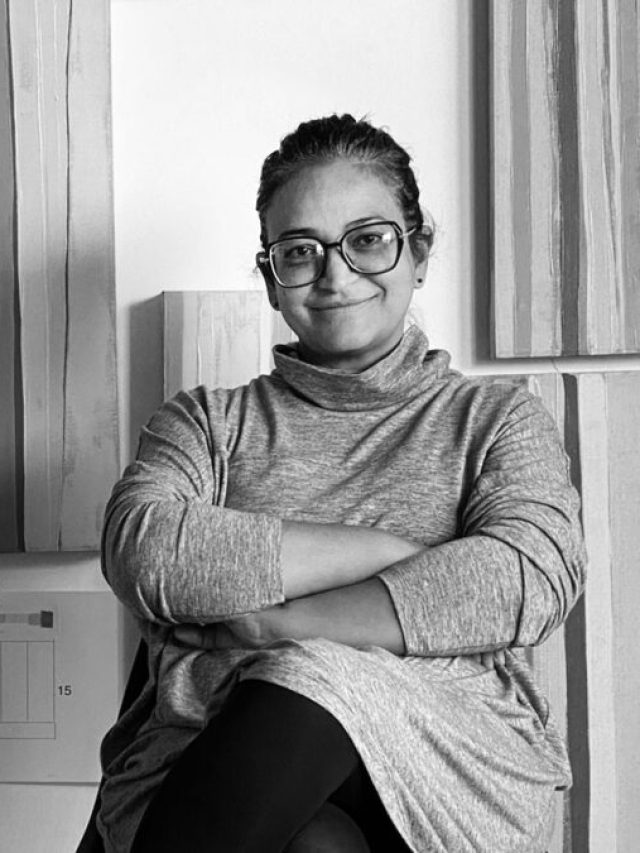Sofia Taboas is a Mexican artist who resides and works in Mexico City. She specialises in spatial elements and their perception. In 1990, she founded ‘Temístocles 44’ along with her contemporaries in Mexico City. She has been the subject of over 55 exhibitions, inclusive of group and solo shows. She frequently presents her artworks and installations in Mexico, Spain, and the United States.
Sofia Taboas Art Style
Sofia Taboas’s artwork describes the relationship between two polar opposite entities to manufacture new spaces. Her work is influenced by the Minimalism, Neo-Concrete and Arte Povera movements. She has an eye for spaces (exteriors and interiors; public and private) and how they may evolve yet be grounded. In her oeuvre, she frequently uses plants (live and artificial), pool materials, construction equipment, mosaics, and bizarre objects. Despite their incongruous nature, when the pieces come together, their meaning changes.
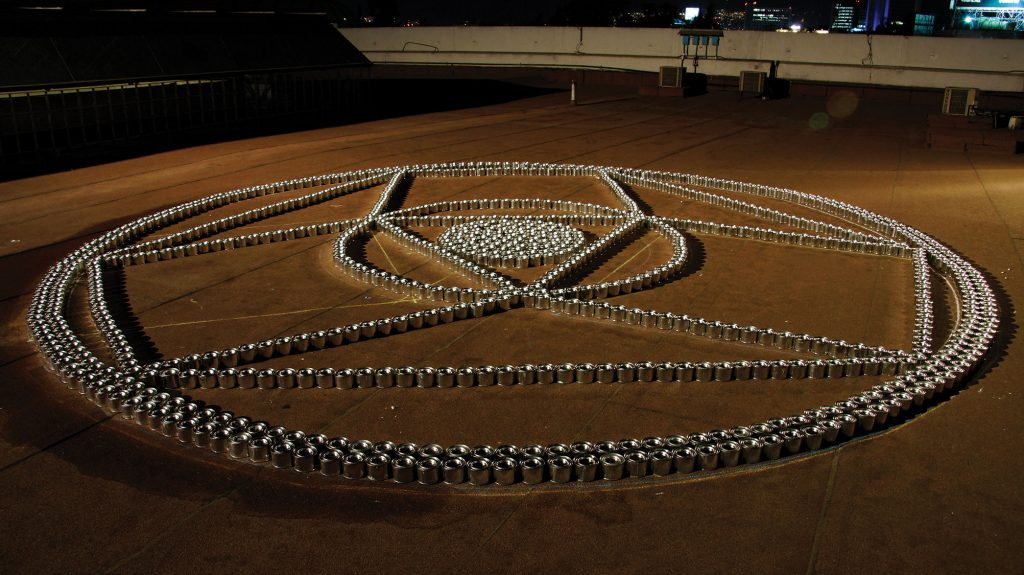
Sofia Taboas’s perception-altering artworks and installations give spaces new definitions. These spaces bridge the civilizations; past and future. These uncanny pieces – floating gardens, underwater scenery, microscopic life successfully create odd habitats; one which we may find ourselves bound and freed by.
Cinco jardines flotantes para cinco piedras
Also known as ‘Five Floating Gardens for Five Stones’, this installation is situated at the lake in Chapultepec Park, Mexico City. Sofia Taboas visited the lake and cast five stones in it, marking the five installations. She uses rubber tires for their buoyancy and embellishes them with over four hundred plants, courtesy of Chapultepec Park. The plants were carefully examined on their size, colour, and their resilience in the harsh weather of the city.
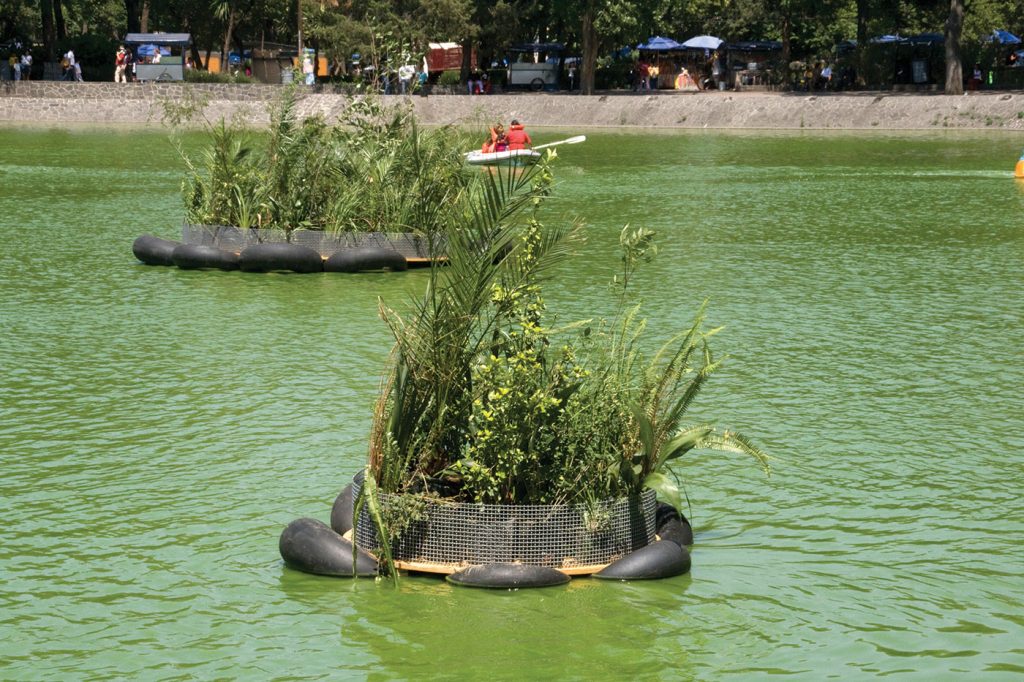
Although it may seem quite effortless, this Sofia Taboas installation renders new meaning to the lake’s ecosystem. These floating gardens are a small-scale replication of our planet. Earlier, the visitors could row their boats and move from bank to bank. Now, they have an innate awareness of their surroundings as they ‘accidentally’ hit the garden while navigating their way around the water. It also seems to be a testament to the rampant migration brought on by globalization.
Clave Intermedia
The exhibition translates to ‘Intermediate Key.’ Intermediate refers to the notion of transition, in her case, spaces. Through this exhibition, Sofia Taboas aims to churn out the aesthetic of traversing boundaries. These boundaries distinguish the internal and external spaces. As expected she has used iron bars, fences, glass, and fabric to recreate windows, doors, and curtains.
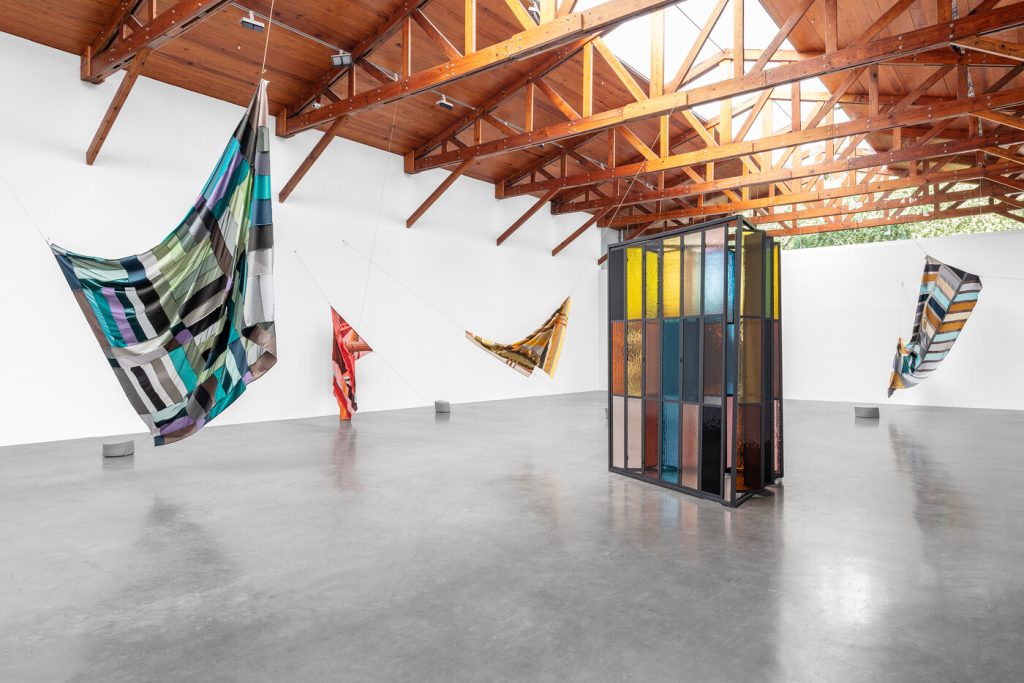
The ample use of colour theory in her installation is favourable in evoking certain imagery. Some pieces feel warmer, while others are more earthly. Sofia Taboas has used the rigidity of the iron grates and the fluidity of the suspended curtain to define an exquisite mix of conundrums. The way she has placed elements of her installation also serves the same purpose.
Gama térmica
Sofia Taboas skillfully tackles the themes of climate change and global warming with her new exhibit aptly titled ‘Gama térmica’ or Thermal Range. She displays the inhospitable environment and the temperature of the colours used. It forces the audience to examine how each act leads to the slow yet ultimate destruction of the planet. Her exhibition is a testament to the complex relationship between humanity and the planet. These thrust the viewers into the dilemma of being environmentally conscious while still being able to fulfil one’s needs and desires.
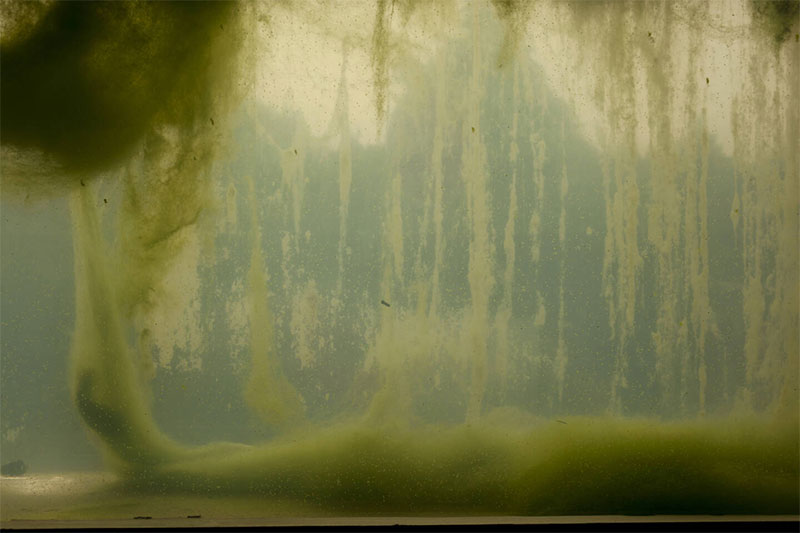
Doble turno
This installation is featured in the hallways of Casa de la Cultura, Tijuana. The title of Sofia Taboas’s exhibition translates to ‘Double Take.’ She uses cascading blue glass beads, with a barely visible string. Her installation focuses on the play of lights to enliven the passageways. Without the light, the installation is invisible to the audience’s eyes. When light is added to the mix, the beads serve as an intermediary, differentiating two spaces.
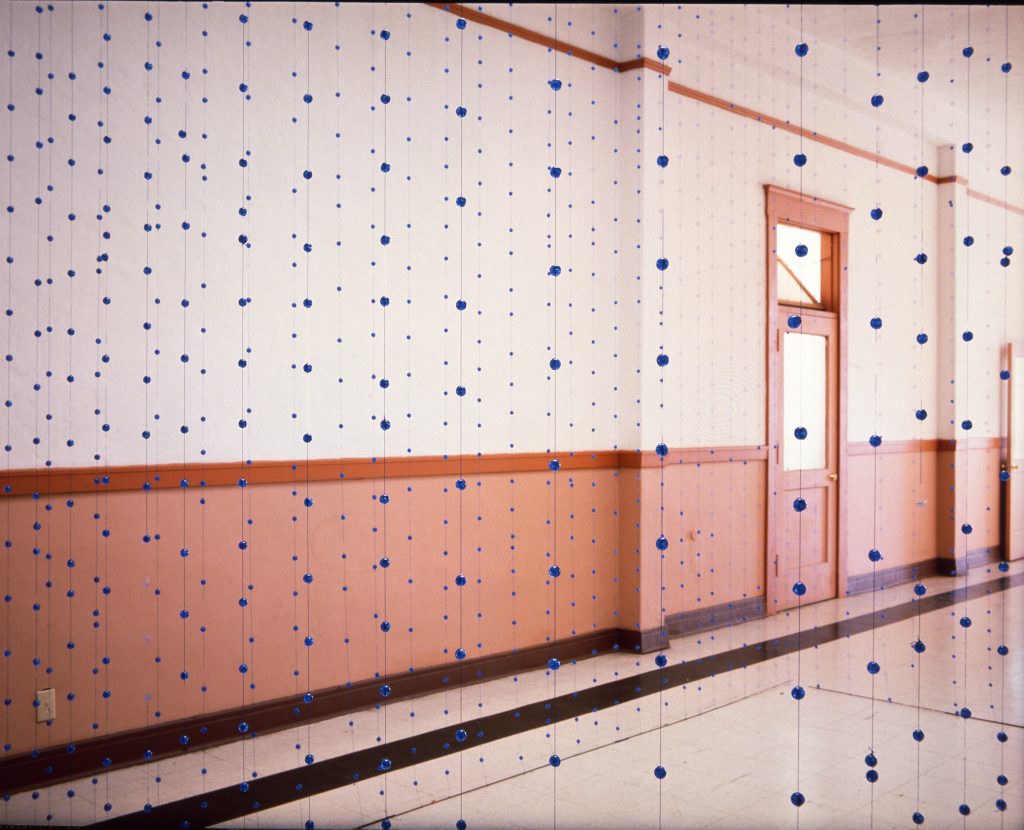
Photo Courtesy – Ignacio Ponce

Hi Ya’ll !!
I love writing about pop culture and all things queer.
Sub Editor at Abir Pothi

